Stanley Heckadon-Moreno’s Gift to Panama Is Clean Rivers, Magnificent Tropical Forests
One of Latin America’s greatest conservationists teaches the virtue of a natural landscape.
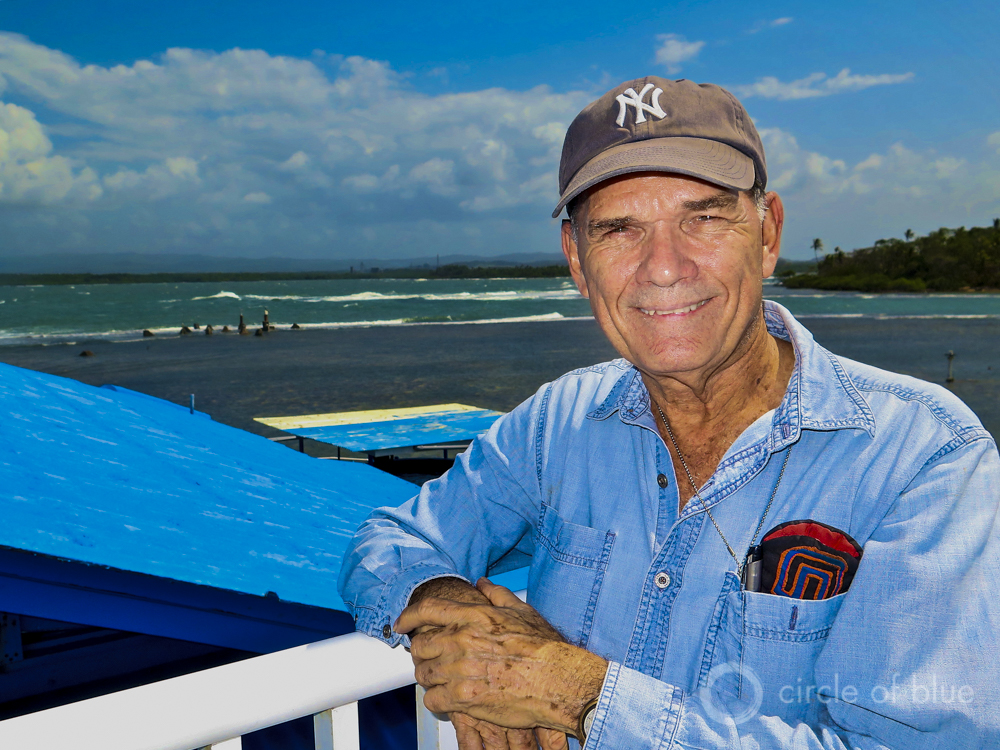
By Keith Schneider
Circle of Blue
COLON, Panama — Across the expanse of a half-century-long career as an ecologist, reformer, and skilled raconteur, Stanley Heckadon-Moreno saw his native Panama engulfed by one spasm of political transition after another.
A weak democracy and resentment of American ownership of the Panama Canal in the 1960s begat the corrupt military dictatorship of the 1980s. A damaging American invasion in 1989 gave rise to a decade of hardship and confusion in the 1990s.
–Stanley Heckadon-Moreno, manager
Smithsonian Tropical Research Institute’s Galeta Point Marine Laboratory
Even the transfer of canal ownership to Panama on the last day of the 20th century, which initiated the most economically buoyant era in the country’s 112-year history, produced a bout of national vertigo. Uncertain at first, government and business leaders took time to prove to themselves and a doubting world that they harbor the skills to manage a 21st century democracy, and an essential maritime main street.
“For a long time, the bankers, the builders, the government administrators, they all reached one conclusion,” said Heckadon, who’s served since 2000 as a staff scientist and manager of the Smithsonian Tropical Research Institute’s Galeta Point Marine Laboratory, on the Caribbean entrance to the canal. “They said, ‘We don’t need no damn forests. It’s a waste. Trees? Forget the trees. We want development.’ Sea to sea along the Panama Canal. They wanted it to be like the Rhine River. One industry after the other.”
Yet through all of the political convulsions and government advocacy for new development, Heckadon persisted with a message of restraint and a knowing, personal approach that could be as tough as teak or as flexible as bamboo. Much of Panama’s public domain, and a good share of the nation’s land preservation and water conservation ethic can be traced to his work.
Panama’s Land and Water Steward
As one of Latin America’s most influential and successful conservationists Heckadon is directly responsible for safeguarding Panama’s largest rivers, and permanently protecting thousands of square miles of magnificent tropical forests. Indirectly, his considerable role in securing Panama’s natural wealth is steadily producing a durable — and largely non-polluting — new economy that is based on maritime transit, logistics, trade, banking, housing, and tourism.
“Stanley is the voice of environmental conscience for Panama,” said Matthew C. Larsen, director of the Smithsonian Tropical Research Institute. “His deep understanding of the human activities that affect the abundant natural resources of the nation have made him a highly respected and articulate source of information and perspective on how we can sustainably manage our landscapes.”
Heckadon’s Work Is Seen Everywhere
The 90-kilometer (56-mile) drive from Heckadon’s home in Panama City to his sun-splashed office at the marine laboratory crosses the 289,200-hectare (665,000-acre) Panama Canal watershed. The unmarked hills and green forests are the crowning achievements of his career and a showcase of Panama’s allegiance to its fresh water and tropical geography.
If each of the protected tracts of land that Heckadon established were graphically illustrated, say with bright flags planted in the forests and on the summits of the Canal Zone highlands, the route would be aflutter with color.
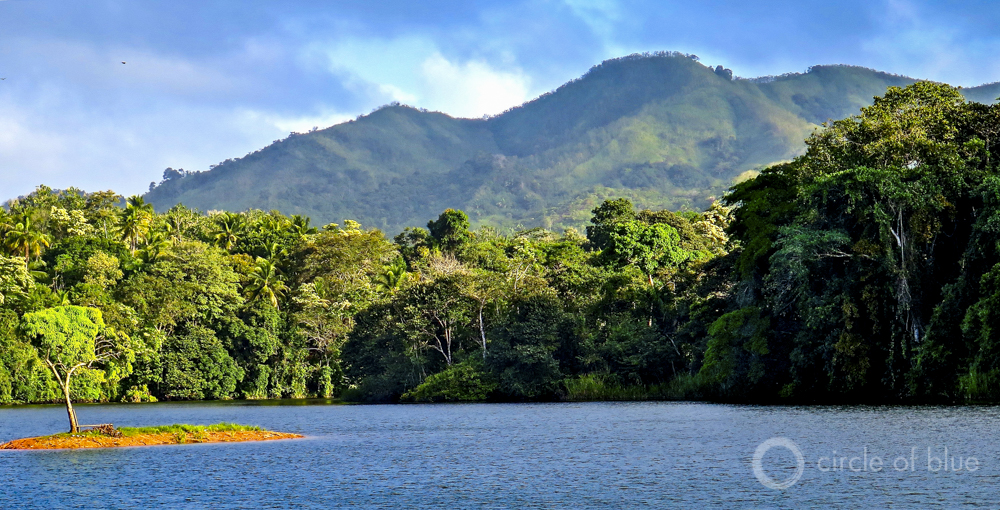
From the boundaries of an urban wildlife refuge near the heart of Panama City to the preserved coastal mangrove forests at Galeta, 70 percent of the land across the isthmus is a permanently protected green treasure chest drained by free-flowing streams and filled with towering trees, beckoning flowers, and uncountable species of tropical plants and birds.
Between the oceans are five national parks, established in a remarkable 12-year campaign of land preservation from 1980 to 1992, largely led by Heckadon, that was spurred by America’s decision to turn control of the Panama Canal Zone over to the host country. The largest of the preserved holdings, the 131,000-hectare (324,000-acre) Chagres National Park was established in 1985 to secure the headwaters of the Chagres River and its tributaries, the freshwater source for the Panama Canal and for most of Panama’s people.
Heckadon, who marries his scientific training as an anthropologist with a government insider’s instinct for galvanizing allies, had a hand in establishing all of them, a big hand. In 1984 and 1985, as one of the country’s senior environmental officers at the Ministry of Economic Policy and Planning, he chaired the first national task force that studied the state of the environment in the canal watershed. For two years, 175 experts from all branches of government, plus non-profit and business leaders, evaluated the relationship between Panama’s development and the Chagres.
The panel made clear that unbridled development in the watershed would harm the river’s capacity to produce and store water in quantities sufficient to manage the canal and grow the metropolitan economy. The panel’s foremost recommendation, to protect all surviving forest in the headwaters of the Chagres, was embraced in 1985 by President Erick Arturo Del Valley, who signed the Executive Decree to establish Chagres National Park.
“On that day, Panama bought the life insurance policy of the canal,” Heckadon says.
Securing the Canal Watershed
More than a decade later Heckadon served as an environmental expert in the Coronado Debates, hosted by the United Nations, to prepare Panama to manage and develop the Canal Zone. His proposal to expand forest protections led to establishing Camino de Cruces and San Lorenzo National Parks.
Few conservation advocates anywhere carry such policy weight. In 1991, as head of Panama’s National Directorate of Natural Resources (INRENARE), the country’s premier environmental post, he convinced Luis H. Moreno, then director of Panama’s National Bank, to sign an agreement that barred bank loans for cutting and burning forests in the canal watershed.
By the end of the decade he learned the significance of that agreement. From 1996 to 2000, Heckadon led the Panama Canal Watershed Natural Resources Project, the most precise assessment of the environmental status of the watershed ever conducted. One of the study’s key findings was that forest cutting in the watershed had dropped from 3000 hectares per year (7,400 acres) to 30 hectares (74 acres).
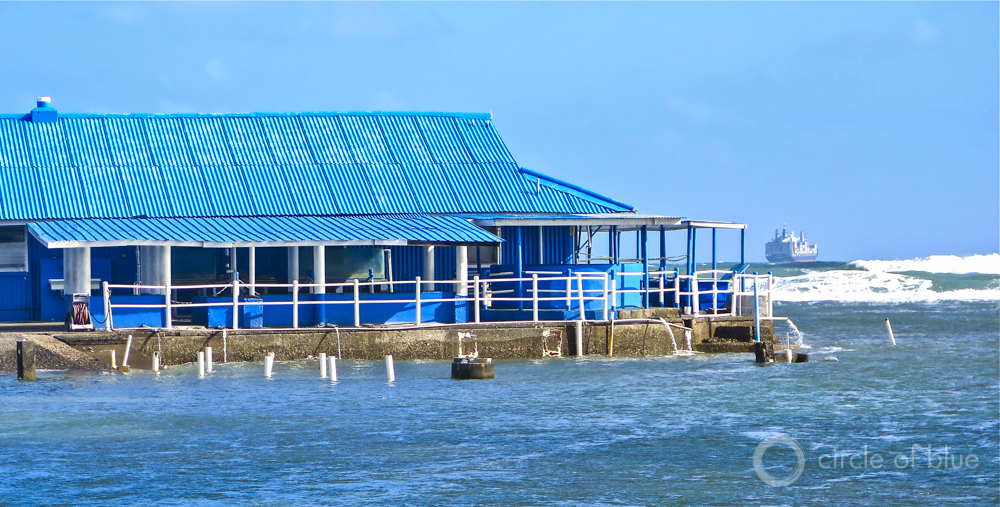
“The Panama Canal is the country’s biggest asset,” Heckadon says. “It uses an astronomical amount of water — 2.2 billion to 2.5 billion gallons a day. That same river provides water for 86 percent of the population of Panama, and 80 percent of industry and hotels. The only river that I can think of that has such an impact on one nation, and its people, is the Nile. There would be no Egypt without the Nile. There would be no Panama without the Chagres River. It’s the Panamanian Nile.
“Our destiny has hinged around that river. And the river is more important than it’s ever been. The canal is expanding. It needs more water. There’s more people. There’s more industry. There’s more tourism. They all need more water. So protecting the Chagres River is a matter of national security.”
Bright, funny, and possessing unleashed energy, the 71-year-old scientist is generating a string of lifetime achievement awards from groups as diverse as a national journalism organization, Panama City businesses, and academics who recognize that the country’s green and remarkably clean domain has a national godfather.
A Bout With Malaria
Heckadon was born and raised as an only child on his grandparents’ farm in Chiriqui Province. His American father, Philip Stanley Heckadon, was a Mennonite who emigrated from Lynn County, Kansas to Panama during the Great Depression to work for the United Fruit Company. He also served in the U.S. Navy in the Pacific theater during World War II.
His mother, Manuela Moreno Caballero, came from a family that settled Chiriqui in the 1630s. His mother was a teacher who divorced his father in 1952 and raised her only son with the help of her parents. She almost lost the boy when Heckadon contracted malaria and nearly died when he was five years old.
“Since Chiriqui did not have good hospitals or research medical labs, my mother wanted me near more modern medical facilities in Panama city,” he says. “She enrolled in the University of Panama and graduated as an English school teacher in 1958. She was the first in her family to graduate from college.
“My mother wanted me to get the best education. She enrolled me in the Colegio Javier, a Jesuit school in Panama City. The Jesuits gave me an excellent education and a passion for knowledge and social justice.”
Heckadon met his wife, Sonia, at the University of Essex, where they both studied sociology. They were married in 1976. Sonia spent much of her career with the United Nations. They have a son, Diego Antonio, an American-trained photographer and cinematographer who works for Panama’s Ministry of Foreign Relations. Their daughter, Monica Isabel, is earning a master’s degree in computing sciences at Pace University in New York City.
Heckadon himself was educated as an anthropologist at the Universidad de Los Andes, in Colombia. He earned his masters and doctorate in sociology at University of Essex, in England.
The first half of his career was spent in government. At the Ministry of Planning and Political Economy he led the program for Indian affairs and promoted development projects for Indian territories. He had a leading role in Panama’s decision to establish the Comarcas Indigenas or Indian territories that now cover 25 percent of Panama’s land.
He also was head of the Institute of Renewable Natural Resources, the forerunner of today’s National Environmental Authority (ANAM). A decorated writer, lecturer, and researcher, Heckadon is the author of 17 books and hundreds of published scientific papers.
Conservation Takes Hold
Through it all he witnessed the tide of public sentiment turn in favor of conservation.
“Right now we’re doing better than we did,” Heckadon says “About 45 percent of Panama’s rainforests are still standing. In the Canal Zone, I’d say 55 to 60 percent is standing. The reason why we haven’t destroyed so much is that we aren’t a mining country. We’re not a manufacturing country. We’re not a farming country. We’re a services economy. Panama City and Colon do not grow on the basis of converting trees, minerals, soils, to products. We’re going to prosper or perish on the basis of how well we care for our natural assets.”
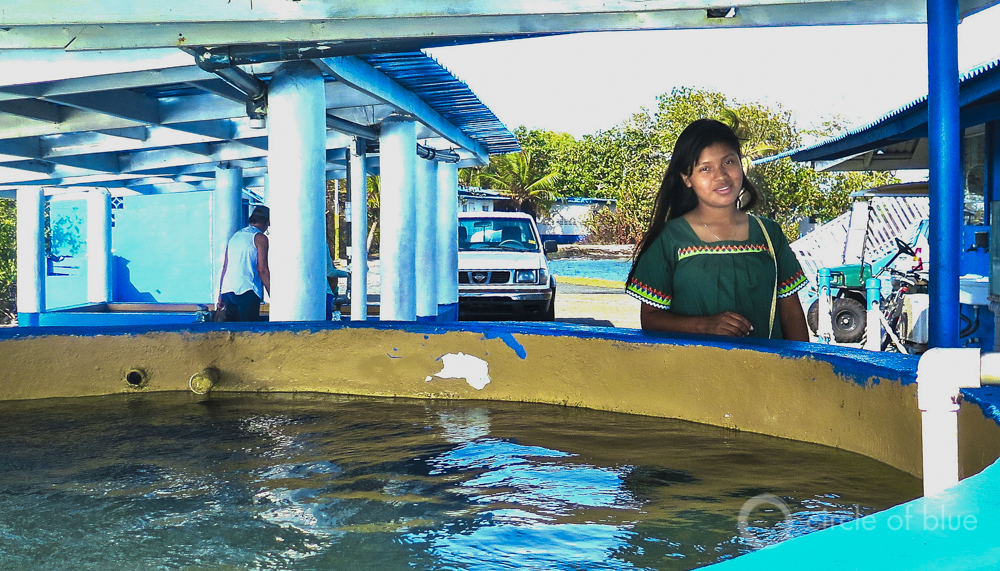
One measure of a great career in conservation is how much of nature’s bounty actually is preserved. Another is how long a career stays relevant. On both measures Heckadon scores well. This month, for example, he was asked to participate on a panel at the Smithsonian Tropical Research Institute that is reviewing the environmental consequences of a proposed sea-to-sea transport canal in Nicaragua.
Most of all, it takes moxie, grace, toughness, patience, and persistence to adjust a nation’s view of the ecological value of natural resources — and some luck.
In 1980, when Heckadon led the work to establish the 22,104-hectare (55,000-acre) Soberania National Park, the first national park in the Canal Zone, Heckadon relied on his connection to the mistress of General Omar Torrijos, Panama’s military dictator. He sent a message through the mistress, an invitation for Torrijos to tour the area by helicopter. When Torrijos landed, he agreed to establish the park.
Five years later, during a visit with the president of Panama and his aides to the site of another new park, the proposed Metropolitan National Park in Panama City, nature unexpectedly intervened.
“I am speaking to the president of Panama and all these ministers. I said there are very few areas of world where there are tropical forests in a city,” recalls Heckadon. “Out of the blue five toucans land in the tree above us. Everybody goes quiet. The toucans are talking back and forth up there. These toucans took over the attention of my audience.
“I said, ‘Mr. President, have you ever seen a toucan in the wild? This is a spectacle you won’t see in any other city.’ He says to me, ‘Mr. Heckadon, we’ll do the park.’”
Monte Lloyd Helps
Heckadon credits a good portion of his persuasive style to lessons provided by the American scientist Monte B. Lloyd, a prominent University of Chicago field biologist whose specialty was research on cicadas in tropical zones. Lloyd, who died in 2000 at the age of 73, also was a character. Lloyd slept in Panama City’s stifling red-light district hotels during his annual trips to Panama, drank beer in brothel bars, and spent his time trooping through the rainforest looking for crickets.
Lloyd, who was in his mid-fifties, and Heckadon, a generation younger, met in Panama City in the 1970s and became immediate and dear friends.
“The opposition to conservation was so strong then,” Heckadon says. “The builders association. The bankers association. They want development. And they have facts. All kind of facts about jobs and the economy. We have no figures on the economics of ecology. We did not have any hard facts.
“Monte had his favorite bar, the AP Bar, the Atlantic Pacific Bar, which was a pool hall. He drank black beer and loved patacones, fried plantains. So I went down there to see him.
“He was always interested in the forest, always pressing me. What’s happening with the forest? I said, ‘Monte, they want facts. Hard facts. I could see him cranking this idea through his head.
“The next time I saw him we were standing in the bar. Monte says to me, ‘Do you know how many Japanese are bird watchers?’ He gives me a number, an astounding number. ‘Do you know how many days they stay? Three weeks. Do you know how much they spend?’ He’d crack another number.
“‘Do you know how many people belong to the American Audubon Society? Do you know how long they stay when they travel? Do you know how much they spend?’
“He’d crack all these numbers, astounding numbers. Monte Lloyd was a biologist. But he was spending his time looking up the weirdest statistical figures about how long people doing nature tours took on their trips and how much they spent.
“He was doing some of the first work on ecological economics. So during these meetings in the late 1970s and early 1980s on the future of the canal, government people and the bankers stand up and say they don’t want forests. They don’t care about clean water. The future of the Canal Zone is development.
“When my turn came to speak I’d stand up and do my Monte Lloyd stuff. ‘Do you know how many Americans are members of the Audubon Society?’ Silence. Then I’d crank out a number. ‘Do you know how long they stay in a country watching birds?’ Silence. I’d crank out a number. ‘Do you know how much they spend?’I’d crank out a number.
“It worked.”
Circle of Blue’s senior editor and chief correspondent based in Traverse City, Michigan. He has reported on the contest for energy, food, and water in the era of climate change from six continents. Contact
Keith Schneider


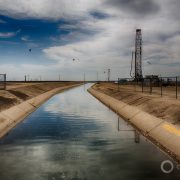
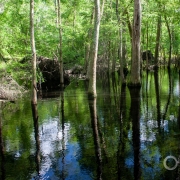
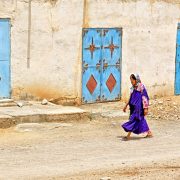
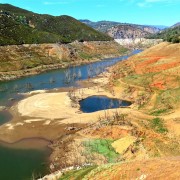
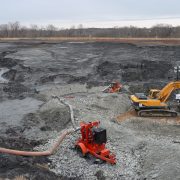


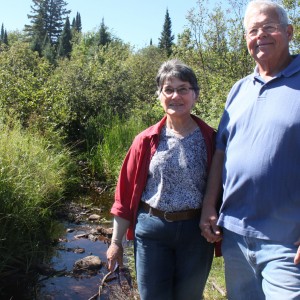
Leave a Reply
Want to join the discussion?Feel free to contribute!